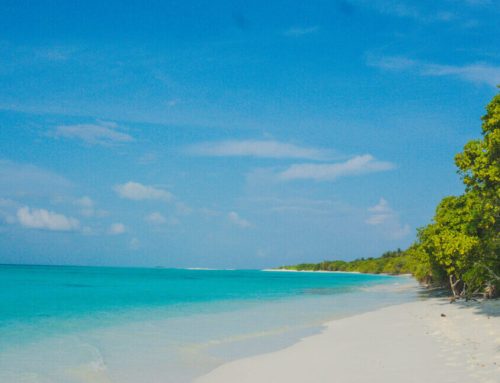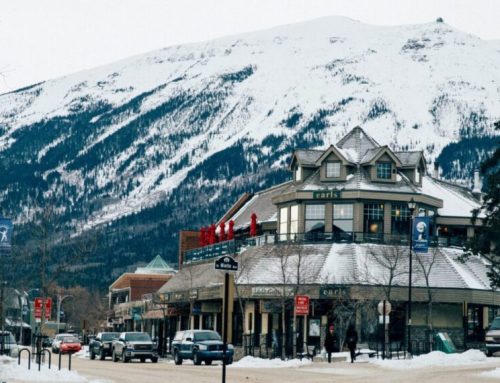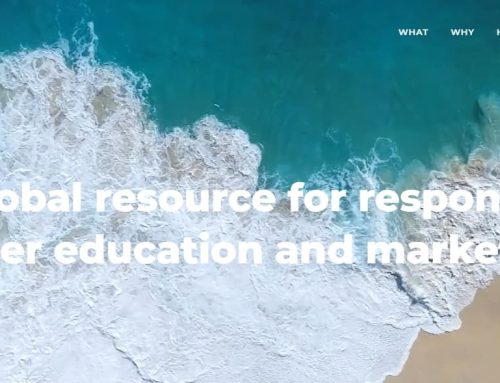Destination Stewardship Report – Autumn 2020 (Volume 1, Issue 2)
This post is from the Destination Stewardship Report (Autumn 2020, Volume 1, Issue 2), an e-quarterly publication that provides practical information and insights useful to anyone whose work or interests involve improving destination stewardship in a post-pandemic world.
With borders closed by Covid this past summer, Serbians accustomed to coastal-resort holidays instead toured inside their own country. Ivana Damnjanović reports on the mixed impact on rural destinations when tourists accustomed to one style of travel must adapt to another. Some lessons for the future.
Domestic Destinations Cope With Profitable, Unpracticed Tourists
By Ivana Damnjanović
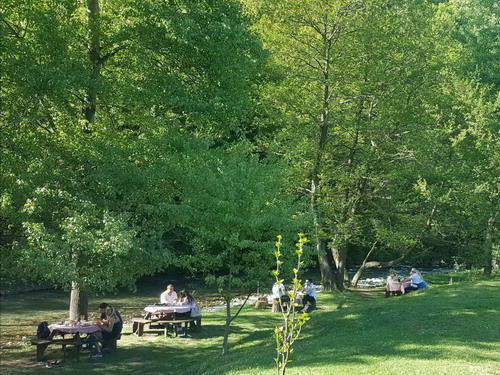
Serbian tourists dine pandemic-style. Photo: Ivana Damnjanović
“Welcome out here to our contamination zone,” my hosts say, jokingly alluding to the name I attributed to Serbian destinations swarming with tourists in the midst of the new peak of coronavirus. It is almost unimaginable that Divčibare mountain, located just over a 100km southwest of Belgrade, had resembled a ghost place in March and April 2020. The pandemic then brought destinations to the verge of despair all over the world, and Serbia was no exception. Now, with summer almost ending, I watch people queuing for a table in this traditional local restaurant. For the first time ever it occurs to me: What a thin line there is between undertourism and overtourism.
This unprecedented burst of post-lockdown pent-up need to travel, to move, to change surroundings, to experience, to unwind and forget reassures me once again that this urge is inherent in our species. International visitors have had to stay away, but for Serbia, booming domestic tourism is saving the day, the season, the entire year – in natural and rural regions at least. And I cannot help but wonder: How prepared are we?

Divčibare Mountain, Western Serbia. Photo: Ivana Damnjanović
Although economically favorable, the situation developing in some rural destinations has been overwhelming – environmentally and socially. New tourism trends have evolved on both the demand and the supply side. Instead of foreign coastal resorts, Serbian beach-lovers are enjoying their own country’s beauty, filling domestic beds and cash registers, but without stopping to adapt their behavior to the domestic context. That’s causing environmental problems, occasional disruption in service provision, and discontent of loyal domestic tourists.
The Shiny Side of the Coin
Supply chains have certainly been ready: Accommodation and gastronomy providers, local farmers, grocery and souvenir shops, entertainment and adventure organizers and many more in this intricate network have been eager to jump on the wagon once the domestic restrictions eased. Throughout Serbia, bookings are already made until mid-November, and business owners are happy beyond expectations.
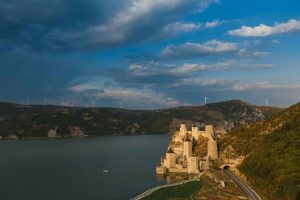
Golubac fortress, on the Danube. Photo: Luka Šarac, NTO Serbia archive
In the strange framework of 2020, tourism has once again showed its beneficial nature. Due to the increased demand, business owners tell me that the season will last longer than usual. In certain rural communities, stakeholders in accommodation and food supply will profit significantly more than previous years. International-travel budgets saved for typical seaside trips in Montenegro, Greece, or Turkey are instead being spent in country. What’s more, these tourists have been prepared to pay more than usual – sometimes double or triple.
Normally outbound Serbian tourists finally have the opportunity to visit all the locations depicted for years on social media by local travel enthusiasts: breathtaking, well-preserved nature, and diverse culture, traditions, and history – Tara National Park, Golubac Fortress on the Danube River, Sokobanja Spa, World Heritage-listed Studenica Monastery, just to name a few from an array of travel opportunities. Many Serbians now recognize that the experiences Serbia provides are comparable to destinations abroad and may even plan their next trip within the country.
The Flip Side
“What about sustainability?” The professor in me pushes the topic with managers of a local hotel and with owners of short-term rentals, some of them my former students. “Wait until we survive the season,” they readily reply, reflecting its economic aspect. I hide my next thought behind the sip of locally produced raspberry juice: Sustainability cannot wait, it either is or isn’t. However, I understand the motive behind their answer. I know they genuinely care about the environment and society of the destinations they operate in, but are still driven by the old normal. Focus on attracting and satisfying demand. Meet standards based on arrivals and revenue.
This coin has its detrimental side. With the exception of certain protected areas, most destinations have been caught off-guard regarding the negative environmental impacts such as littering or overvisitation of fragile ecosystems resulting from the sheer volume of tourists. Those places might be years and budgets away from recovery. Some local communities traded off their secluded, rural lifestyles with their specific customs and traditions for the sudden temporary opportunity to profit, their health included: Tourists brought the virus even to the most remote corners of the country.
Habitual Beachgoers Discover Authentic Countryside Is Not a Resort
My observation and conversations lead me conclude that we are witnesses of emerging tourist segmentation. The larger group is composed of tourists who would typically spend their summer holidays in regional coastal resorts. These coast-lovers are tolerant of crowds, but being compelled to travel within the country resonates with a whiff of resentment. This feeling often manifests itself through unrealistic demands for service providers – a desire for higher service quality and lower prices, even when the value for money spent is fair. Serbia’s diverse inland destinations – mountains, lakes and rivers, thermal springs, villages and towns, historical, archeological and religious sites – call for a more observant type of behavior than that expected at typical coastal resorts. Thus, they may have to withstand overly demanding, sometimes disrespectful tourists, unmindful that a real community is not like staff employed at a resort and expectant that somehow designated people will clean up after them.
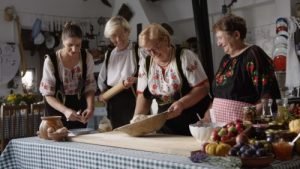
Traditional food preparation. Photo: NIRA PRO, NTO Serbia archive.
The second segment is represented by tourists loyal to domestic destinations or businesses. Their resentment comes from unreciprocated loyalty. The high demand this past summer led to increased prices, all too often not waived even for loyal guests from past years.
Those traditional local enthusiasts, who normally travel to enjoy the peace and quiet of countryside locations, are intolerant of the crowds and related behavior, so they often opted to stay home. Others felt it not safe enough to travel, or found increased prices unaffordable.
Lessons Learnt
On my way home I am under the strong impression that these new faces of tourism cannot be overlooked if we are to embark on the new path of a sustainable and regenerative future of tourism. Every country’s experience might help us all understand tourism better through lessons learnt. Those currently on my mind are:
- Tourism needs to find ways to become resilient towards sudden, extreme change in tourism numbers;
- Destination and business management has to rely strongly on sustainability principles with a regenerative approach and promote them throughout the entire network of stakeholders;
- Don’t assume. Closely monitor how tourists and tourism stakeholders change their needs and behavior patterns with changing circumstances – in Serbia’s case, resort-style tourists being compelled to travel domestically and inexperienced local newcomers being brought into the tourism sector (e.g. farmers and property owners);
- While continually monitoring their normal tourism profile, destinations and businesses should keep a constant eye on all tourism segments, since in a heartbeat they can become theirs, invited or not;
- Tourism destinations and businesses should not try to be “all things to all people” but rather be explicit about communicating the specific type of behavior that the welcoming destination is ready to accept.
As an afterthought, what if this season’s unexpected boom in resort-style tourists doesn’t repeat next year? Is it a good or bad thing? The country’s entire tourism industry will need to take time to decide on the answer and then act upon it while there is still time.
About the Author
Ivana Damnjanović, PhD is an assistant professor at Singidunum University, Serbia. Her interests include sustainable tourism in protected areas, tourist experience and wellness through interpretation.


